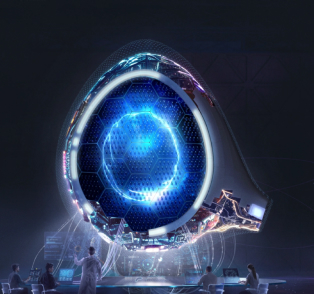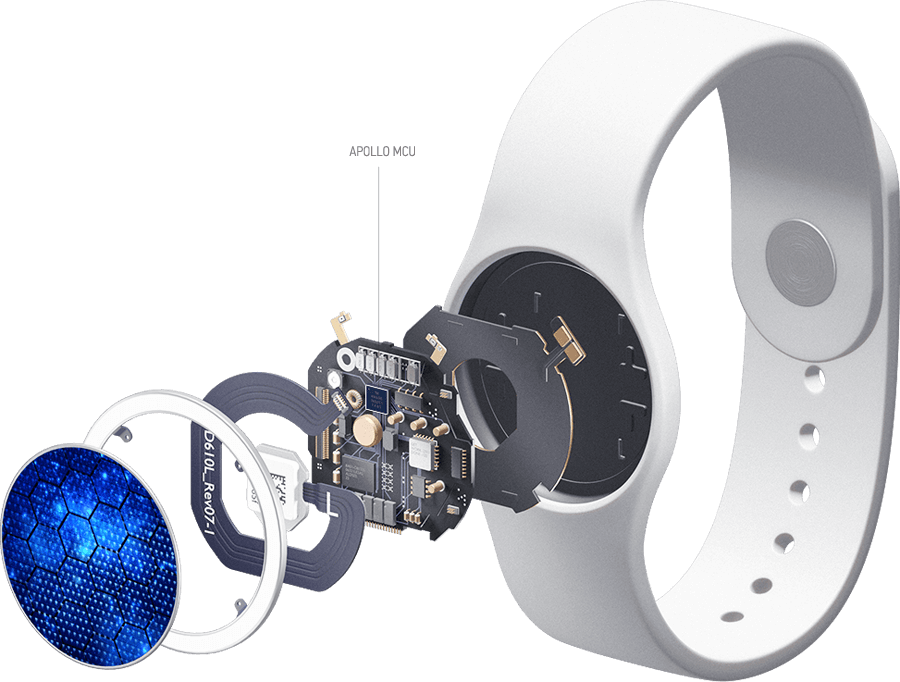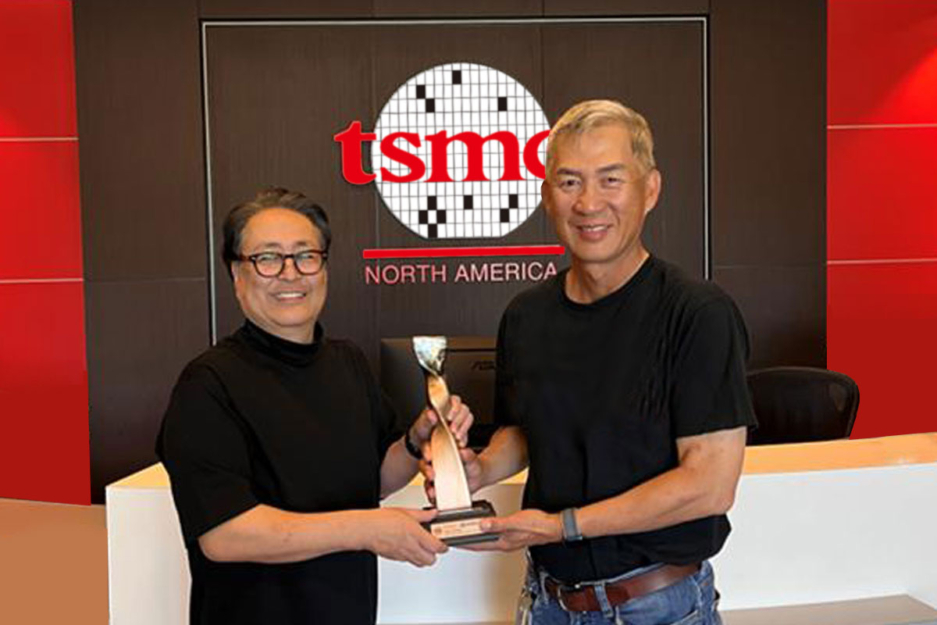
With nearly 2MB of MRAM and one.8MB of SRAM, the Apollo4 Blue has greater than adequate compute and storage to manage elaborate algorithms and neural networks while displaying vibrant, crystal-very clear, and clean graphics.
Insufficient a 2nd Saturn V output run killed this program and still left America without a super weighty-carry start vehicle. Some inside the U.S. Place Group arrived to lament this situation,[90] as continued creation might have authorized the International Place Station, utilizing a Skylab or Mir configuration with each U.
In 1965, the Apollo Purposes Application (AAP) was created to look into science missions that may be performed utilizing Apollo hardware. A lot from the organizing centered on the idea of a space station. Wernher von Braun's earlier (1964) plans employed a "soaked workshop" thought, with a used S-II Saturn V next phase staying introduced into orbit and outfitted in Room. The following year AAP studied a smaller station utilizing the Saturn IB 2nd phase. By 1969, Apollo funding cuts removed the potential for procuring more Apollo components and compelled the cancellation of some later on Moon landing flights.
Among the list of initial variations of the egress checklist had the lunar module pilot exit the spacecraft ahead of the commander, which matched what had been performed on copyright missions,[92] the place the commander experienced in no way executed the spacewalk.[93] Reporters wrote in early 1969 that Aldrin will be the main guy to wander within the Moon, and Affiliate Administrator George Mueller told reporters he will be first too.
In addition, it demonstrated the S-IVB third phase's initially in-flight restart. The mission applied a Block I command and repair module modified to test numerous important Block II revisions, such as its warmth protect at simulated lunar-return velocity and angle.
With approximately 2MB of MRAM and a couple of.75MB of SRAM, the Apollo4 Plus has a lot more than ample compute energy and storage to handle elaborate algorithms and neural networks though exhibiting vibrant, crystal-clear, and sleek graphics.
About ninety seconds in advance of the next stage cutoff, the center engine shut down to reduce longitudinal pogo oscillations. At all-around this time, the LOX move amount diminished, shifting the combo ratio of the two propellants and ensuring that there could well be as very little propellant as is possible still left during the tanks at the conclusion of next stage flight. This was carried out at a predetermined delta-v.[35]
Smart residences may be monitored and managed as a result of different devices and systems like voice-activated assistants, cellular applications, and smart residence hubs. Such as, thermostats be controlled remotely to adjust the temperature in the home, when appliances like good fridges or washing machines could be instructed to operate at extra energy-effective occasions.
We intention to carry intelligence to all battery-powered endpoint devices and permit them to stay linked intuitively, and unobtrusively, to create a genuine IoT era. We hope to partner with you on our future journey.
The adoption of AI is aiding the Group in enabling civil Modern society members for being dependable and professional customers of AI devices.
The prestigious style and design win Together with the Apollo3 Blue is a significant milestone for Ambiq because it resulted from the multi-party collaboration with EDBI®, Excelpoint®, iWOW®, and a variety of governing administration agencies.
Ambiq partners with Excelpoint and iWOW to provide significant factors supporting Singapore's initiatives in combating the pandemic; anchors and builds Singapore APAC foundation with robust help from existing investor EDBI
The temperature sensor more tracks physique variants motivated by diet program and physical exercise. The state-of-the-artwork wearable comes in an ultra-light-weight 3mm band width and is also made from fighter-jet quality titanium that includes a diamond-like coating and pointing edge for guided sporting.
delivering the Apollo spacecraft which has a totally free-return trajectory, one particular that may permit it to coast round the Moon and properly return to Earth with out necessitating any motor firings should really a problem come up on how into the Moon;

Get Smart. Use Less Energy.
Ultra-low power SoCs for IoT endpoint devices
that demand complex operations
and longer battery life.
✍ Ambiq® is committed to further improve the quality of life by enabling the intelligence of endpoints while further reducing carbon footprints. Ambiq – your partner in endpoint intelligence.
✯✯✯Based in Austin, San Jose, Hsinchu, Shenzhen, and Shanghai, our leadership and management teams consist of advocates, artificial intelligence development kit builders, enthusiasts, entrepreneurs, explorers, incubators, inventors, pioneers, protectors, thinkers, and visionaries. With a diverse spectrum of experiences and skillset, we came together and united with one goal to enable the true Internet of Things where the battery-powered endpoint devices can truly be connected intuitively and intelligently 24/7.
Ambiq Wins the Demo of the Year Award at 2023 TSMC Technology Symposium
September 7, 2023, Austin, TX – Ambiq®, a leading developer of ultra-low-power semiconductor solutions that deliver a multifold increase in energy efficiency, was awarded the Demo of the Year Award by TSMC as a participant of the Innovation Zone at the 2023 TSMC North America Technology Symposium.
Ambiq Wins the Demo of the Year Award at 2023 TSMC Technology Symposium
During the April event, Ambiq showcased various product design wins using TSMC’s 22nm technology in wearables, digital health, smart home, Industrial IoT, pet trackers, and retail segments, with industry-leading energy efficiency. Ambiq also featured two live demos emphasizing its leadership in enabling endpoint AI with its HeartKit™ for remote patient monitoring and its graphics display capabilities for a vivid user interface.

TSMC pioneered the pure-play semiconductor foundry business model when it was founded in 1987, helping startup companies accelerate their innovations by providing access to the industry’s leading process technologies and manufacturing capacity. Since 2021, TSMC has expanded that mission with an Innovation Zone at its worldwide Technology Symposiums, highlighting how TSMC partners with startup companies to enable cutting-edge products from various applications, including high-performance computing, communication, automotive, IoT, and consumer segments.
“We’re grateful to TSMC Apollo mcu and our booth visitors for allowing us to share our energy-efficient technology and processor solutions with them,” said Ambiq’s CEO, Fumihide Esaka. “We’re moving towards an exciting frontier of AI becoming more engrained with our daily lives. With that vision on the horizon, we will continue to develop innovative and first-of-its-kind ultra-low-powered solutions that keep innovation and sustainability in mind.

Ambiq’s mission is to develop the lowest-power semiconductor solutions to enable intelligent devices everywhere by developing the lowest-power semiconductor solutions to drive a more energy-efficient, sustainable, and data-driven world. Ambiq has helped leading manufacturers worldwide develop products that last weeks on a single charge (rather than days), while delivering a maximum feature set in compact industrial designs. Ambiq’s goal is to take Artificial Intelligence (AI) where it has never gone before in mobile and portable devices, using Ambiq’s advanced ultra-low power system on chip (SoC) solutions. Ambiq has shipped more than 200 million units as of March 2023.
Ambiq Designs Low-Power for Next Gen Endpoint Devices
Ambiq’s VP of Architecture and Product Planning, Dan Cermak, joins the ipXchange team at CES to discuss how manufacturers can improve their products with ultra-low power. As technology becomes more sophisticated, energy consumption continues to grow. Here Dan outlines how Ambiq stays ahead of the curve by planning for energy requirements 5 years in advance.
Ambiq Highlights From Embedded World 2024
Facebook | Linkedin | Twitter | YouTube
Comments on “A Simple Key For apollo4 Unveiled”